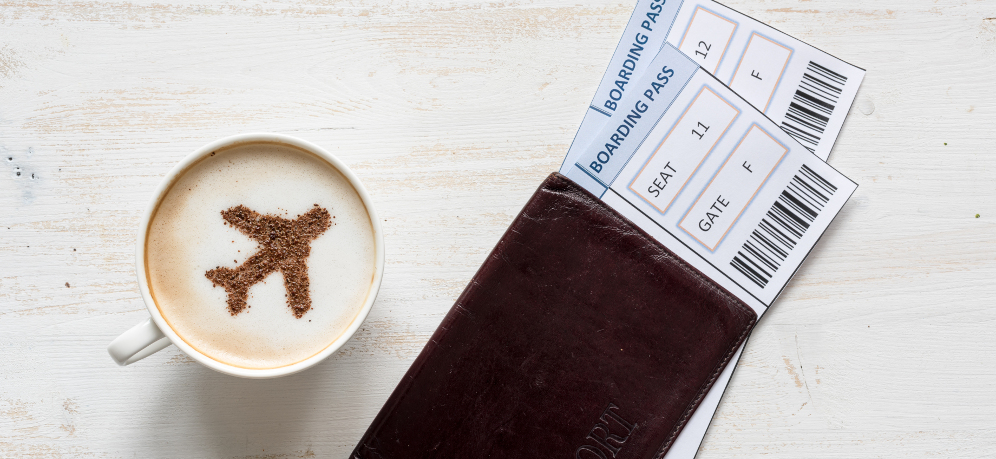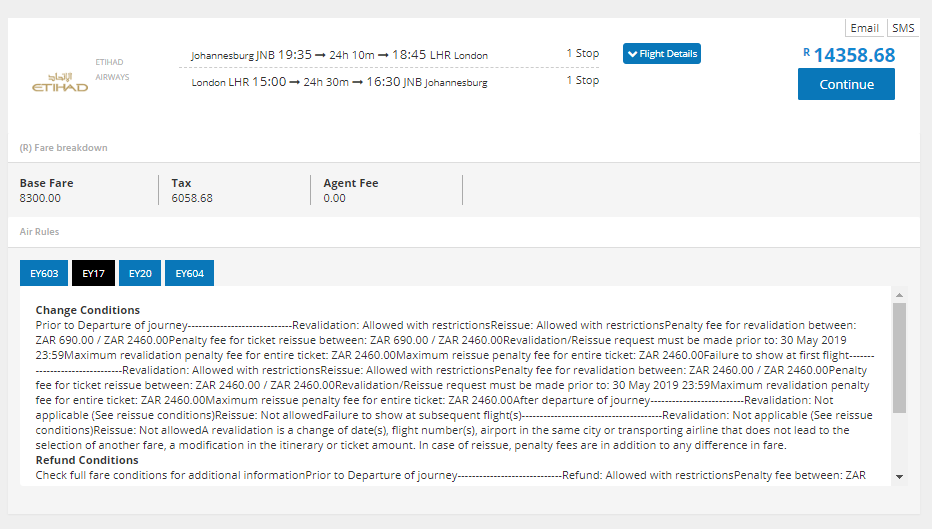
There is often much confusion around booking classes and fare basis codes. However, once you understand its purpose and how to determine it you’ll realise it is fairly simple. To make your life easier FlightSiteAgent has put together a fact sheet of all you need to know about understanding fare basis codes and booking classes.
How to identify fare basis codes and booking class codes?
A fare basis code is an alpha or alpha-numeric code used by airlines to differentiate between the various class types and allows airline staff and travel agents to find the rules applicable to each class. The first letter in that code is the booking class code.
For example: OLBSA
- O: Indicates booking class
- L: Low season
- SA: Indicates the country, usually used when it is an international fare.
The B is airline specific and could indicate anything from whether it is a return fare to what baggage allowance is allocated to the seat.
What is the importance of a fare basis code?
The letter indicating the booking class is only one in a string of letters and numbers strung together to describe the fare. Fare codes indicate a variety of things such as:
- Whether the fare is refundable
- The departure points
- How far in advance it can be booked
- How many bags you can check for free
- Cancellation fees
- One-way or round-trip tickets
- Routing restrictions or change penalties.
- In some cases, even the baggage allowance
Please note that each airline has its own style for writing codes and the most important thing to understand is the booking class and its set rules.
What is the importance of a booking class code?
In the past IATA has tried to standardise the use of booking class codes, but over the years airlines have deviated and booking classes are now considered airline specific. Each booking class has a unique set of fare rules which are determined by the airline and can be very important to your client.
Where to find the code?
The FlightSiteAgent search engine will no longer display the booking code of each flight, but you can access the relevant Air rules which is the essential element.

The rules associated with each booking class can be viewed by clicking on the Air Rules drop down. Here you’ll find the Change conditions and Refund conditions of each booking. If you require any other fare rules you can contact the team for assistance.
Rewards
Often people travel happily without being aware of their booking class, but as a travel agent it is important to know how this works and to provide your client with the relevant information regarding fare rules.
Important fare rules like cancellation policies and penalties should always be brought to your client’s attention. Other fare rules like whether the ticket is upgradeable, changeable or will earn them extra air miles could also be important and worth mentioning – especially if the client provides you with a loyalty programme membership number.
Now that you have all the information you need about flight classes we hope you find booking flights for your clients a quick and hassle-free experience. If you have any further questions, contact [email protected] or call 086 133 3392 and one of our friendly account managers will be able to assist.

Pingback: FAQ: What Makes Flight Prices Change | FlightSiteAgent
I often find that time allocated to punch names and important particulars of travelers is not enough. Eg when I have to reserve 7 seats at a go in 8 mins. How do I do it?
Hi Kelebogile, Unfortunately we can’t change the time allocated by the airline and Amadeus. Perhaps you can try to type out all the details in a Word document beforehand and then simply copy and paste the details. If that doesn’t work, you can ask our team to assist. This will cost you their booking fee.